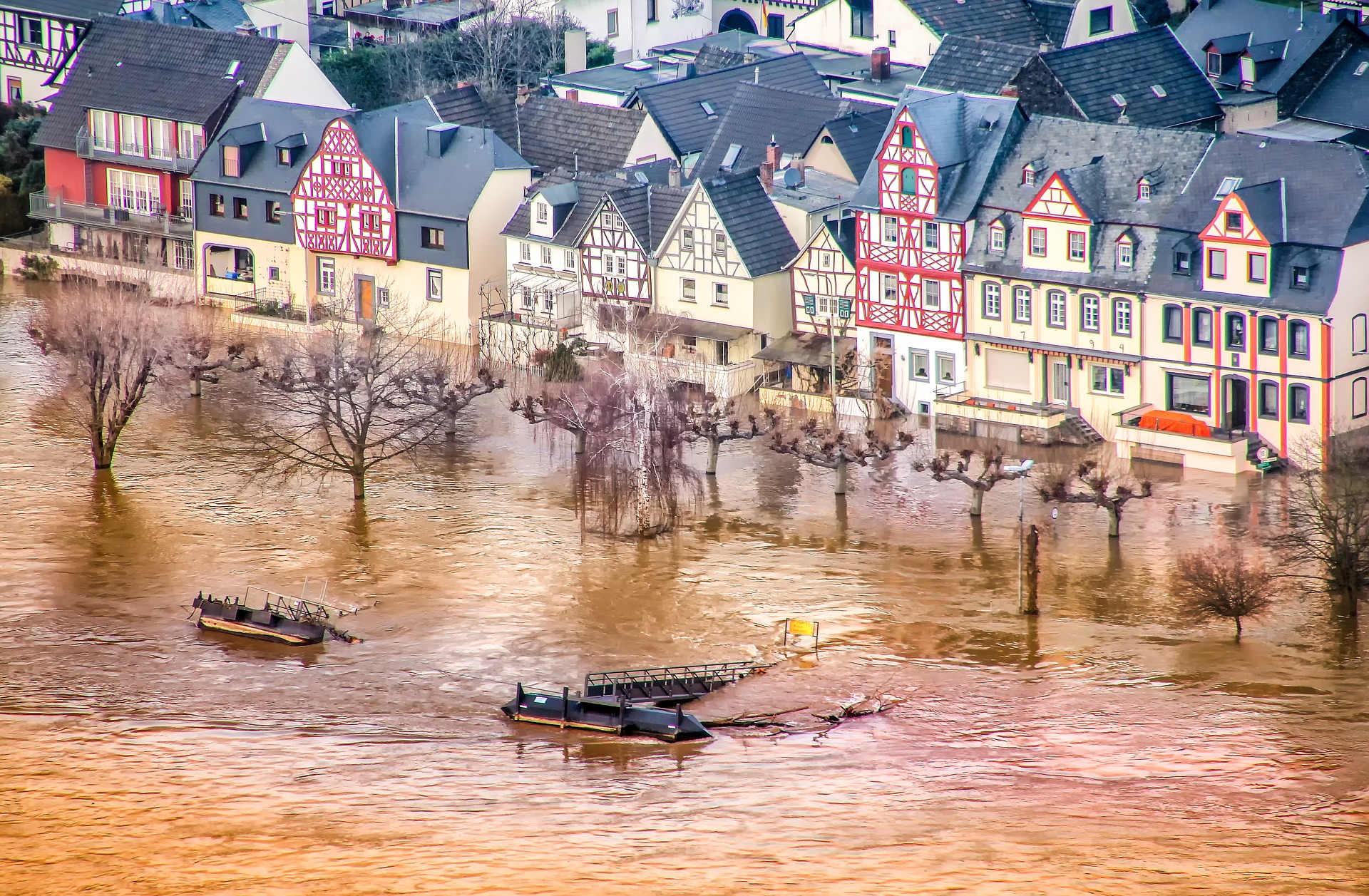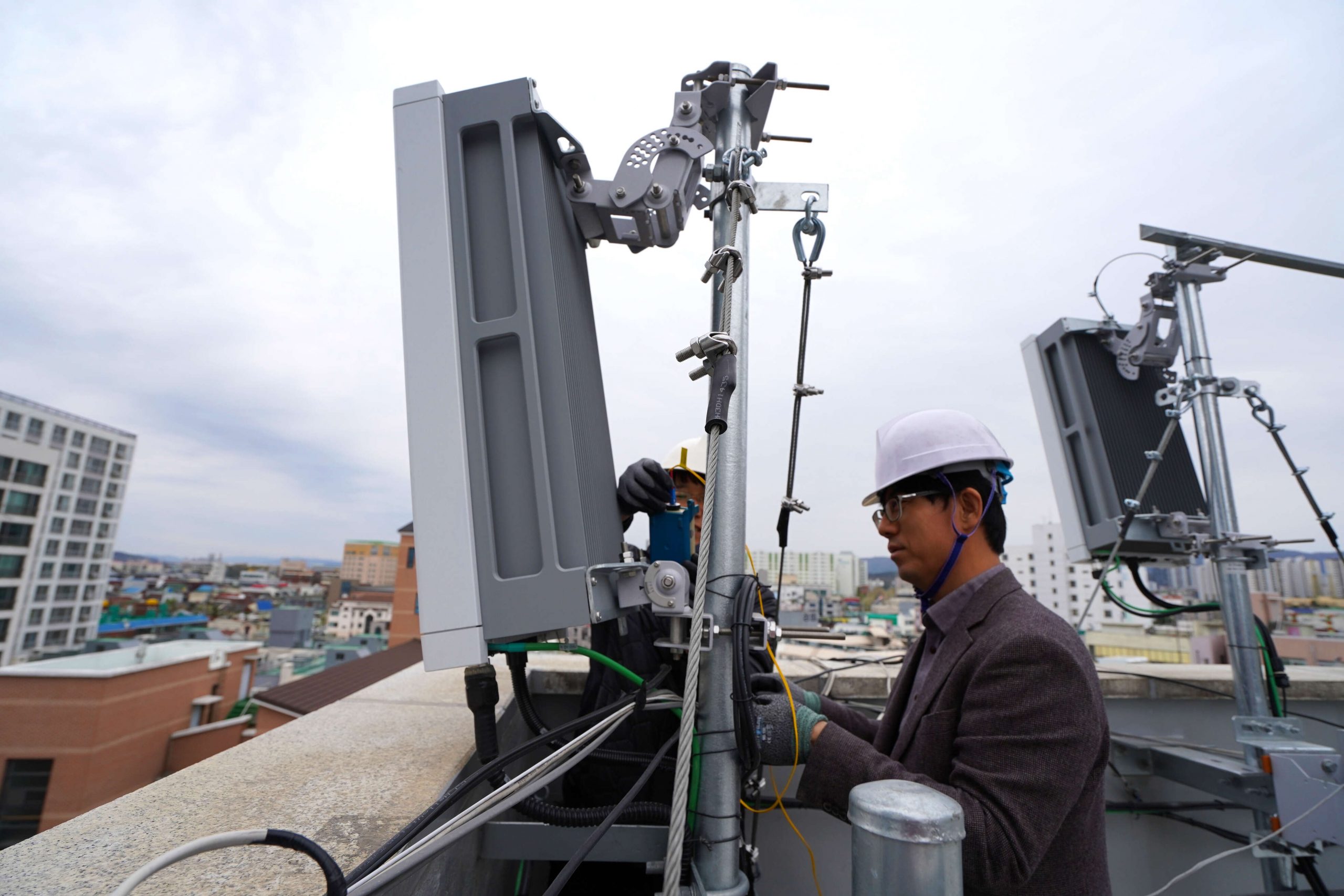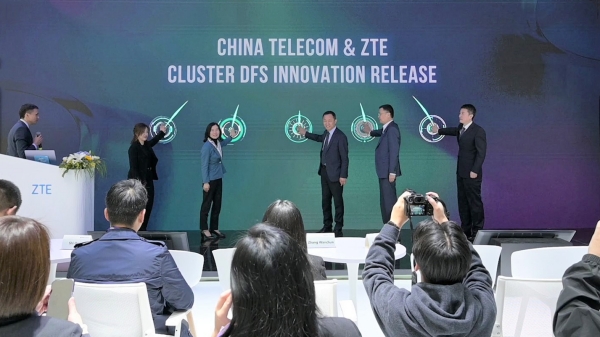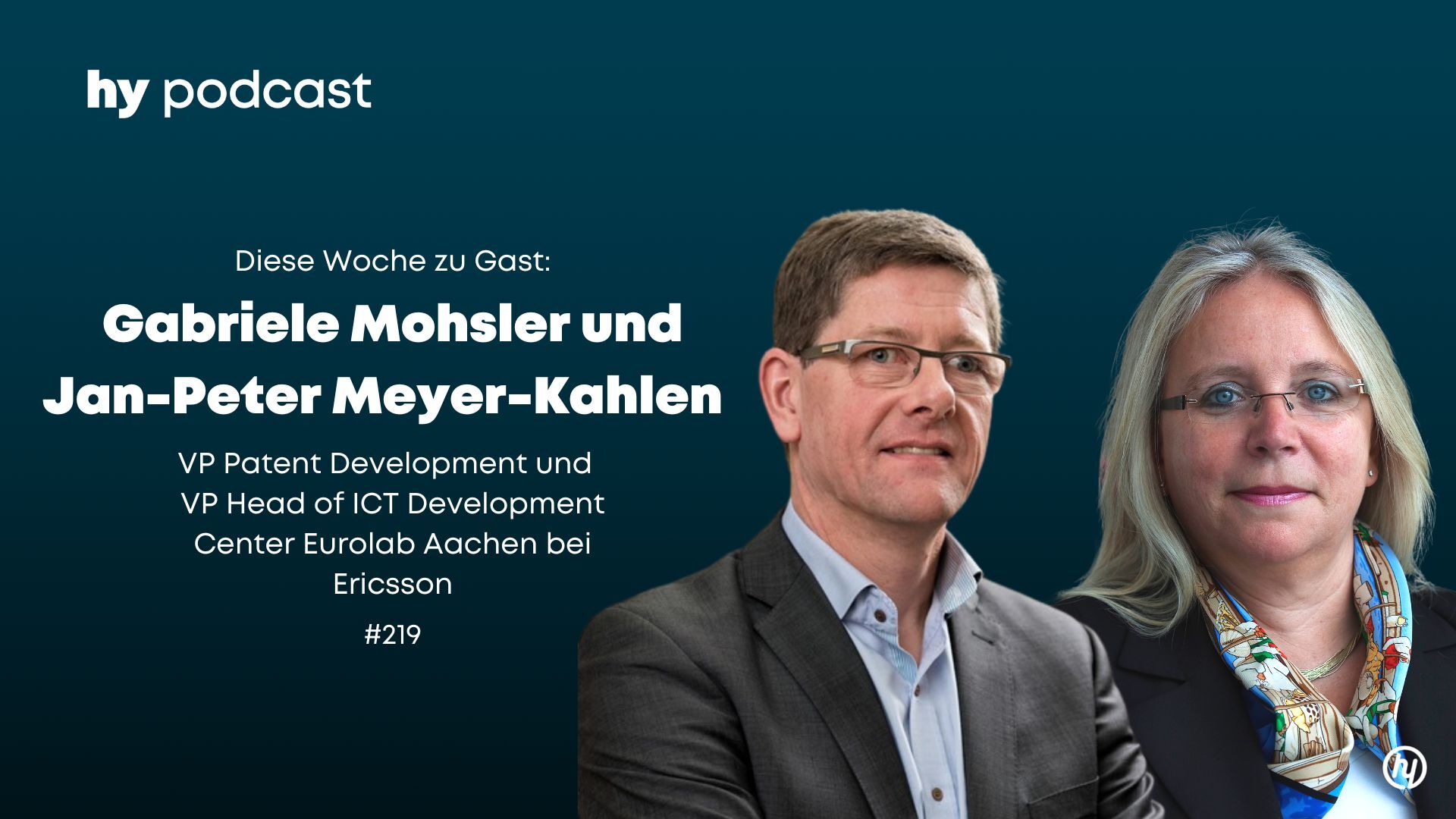Symbolic image of flooding in Germany: Where is a mobile emergency network? (Image: analogicus on Pixabay)
Three scenarios of a mobile emergency network prevent the consequential damage of natural disasters. The heavy rainfalls in various regions of the FRG have shown that the current network infrastructure of the FRG cannot be relied upon – which costs human lives, causes enormous consequential costs and, according to Rothmeyer Consulting, is avoidable. Having a secure network for the population in the event of a disaster is “only” a question of taking the right precautions.
The guest author of this article is Dr Markus Rothmeyer, founder of Rothmeyer Consulting.
What the flood damage in Germany this year has shown: 183 deaths so far, repair costs of about 20 billion euros and follow-up work of at least 3 to 5 years. In addition to the potential of better weather forecasting, the public mobile radio network, which lacks stability and fail-safety in emergencies, is also directly related. If even digital public authority radio or mobile radio fails over a large area in an area of heavy rainfall after about 30 minutes and the cell broadcast function is not implemented in the German mobile radio network, then what is needed is simply a mobile radio emergency network, which is still missing in the current disaster control concept.
Status parameters today
Today, the existing public mobile radio network in Germany is operated by three major companies: T-Mobile, Vodafone and O2-Telefonica. Although the central elements of these mobile networks are redundant, the base stations are only operational for about 30 minutes to an hour if the general power grid fails.
The situation is hardly any different with the digital public authority network, which is also designed redundantly and continues to be available for a certain time if the public network fails. However, the number of mobile terminals is very limited. Such devices are currently only in the possession of the police, fire brigade, disaster control etc.
Three alternative scenarios for disaster situations
In view of this current situation, the establishment of a secure network for the population in the disaster area is urgently needed. According to Rothmeyer Consulting, there are three alternatives in this regard:
Firstly, the expansion of a large number of the existing base stations by means of emergency power supply and/or battery systems plus additional radio-technical connection of the base stations to the control centre or a fail-safe core network. Secondly, the development of new commercial, generally available smartphones, or smartphone apps, which in the event of a disaster can also place emergency calls on the frequencies of the digital public authority radio and enable bidirectional voice communication. And finally, thirdly, the establishment of an emergency mobile radio system in which the failure of individual base stations can be compensated for by commissioning suitable emergency base stations at other locations. Such emergency base stations must be connected to the core network with a radio-based, fail-safe connection.
Prioritisation of these alternatives
Weighing up these network solutions, the following assessment emerges: Alternative 1 requires the active cooperation of at least one of the existing mobile network operators and considerable investment per base station. Local gaps in the operator’s network must be closed in this case. Coordination of several network operators to set up an emergency network is conceivable, but seems very difficult from an organisational point of view.
Alternative 2 is different, requiring low-cost dual-mode smartphones, either hardware-based, or via software on existing hardware. In addition, it must be examined to what extent the digital public authority network that exists today will remain available nationwide in the event of a disaster. The network can be upgraded with additional batteries, emergency power generators and fail-safe radio connections ensure the connection to a fail-safe core network of the authorities’ network. The first devices of this kind (dual-mode smartphone: public mobile radio and Tetra radio) already exist, but cost about 2,000 € per device. So far, there is no app with which standard devices (Android or iOS-based) can be upgraded to a dual-mode smartphone. With existing hardware transmission and reception technology, such an app should be possible by emulating Tetra on a smartphone with a sufficiently fast processor – unfortunately with a very high development effort. It is also important that the major smartphone manufacturers cooperate to achieve significant market penetration.
Alternative 3, which we prefer, can be implemented by designing a low-cost emergency base station. Such emergency base stations can be placed wherever a property owner operates a photovoltaic system with sufficiently dimensioned battery storage and where a reasonable radio coverage of the surrounding area is achievable. The connection to the fail-safe core network is then again made via radio.
The activation of these emergency base stations, whose full battery status must always be guaranteed, is only planned in case of emergency.
Recommended to-dos for emergency base stations
In addition, there are other useful peripherals: A very cost-effective way to build emergency base stations is to use the OpenRAN standard, which is envisaged in 5G and 6G network technology and which is already operational in large parts, at least for simple text/data and voice communication.
With regard to the cost-effective connection of the emergency base stations, low-cost radio relay links are useful, which may be operated on the frequencies of WLAN without the need for special approval from the Federal Network Agency. Such radio relay links are already used in many places in Germany by the free radio movement.
For a better basis for decision-making on the measures to be taken, a study is helpful to examine the three alternatives mentioned and to identify and evaluate their feasibility. In terms of content, it is recommended to conduct a needs analysis of the areas in which the expected network traffic will occur and which use cases are suitable there. The feasibility of each alternative can also be analysed, as well as costs and legal aspects. Initial concepts for planning a pilot solution emerge, including area selection, technology and scope. Data protection concerns and IT security aspects can also be part of the study. Radio planning software from Akosim simulates mobile networks and helps to plan and optimise these networks.
Parts of this text are translated with www.DeepL.com/Translator (free version)









Leave A Comment